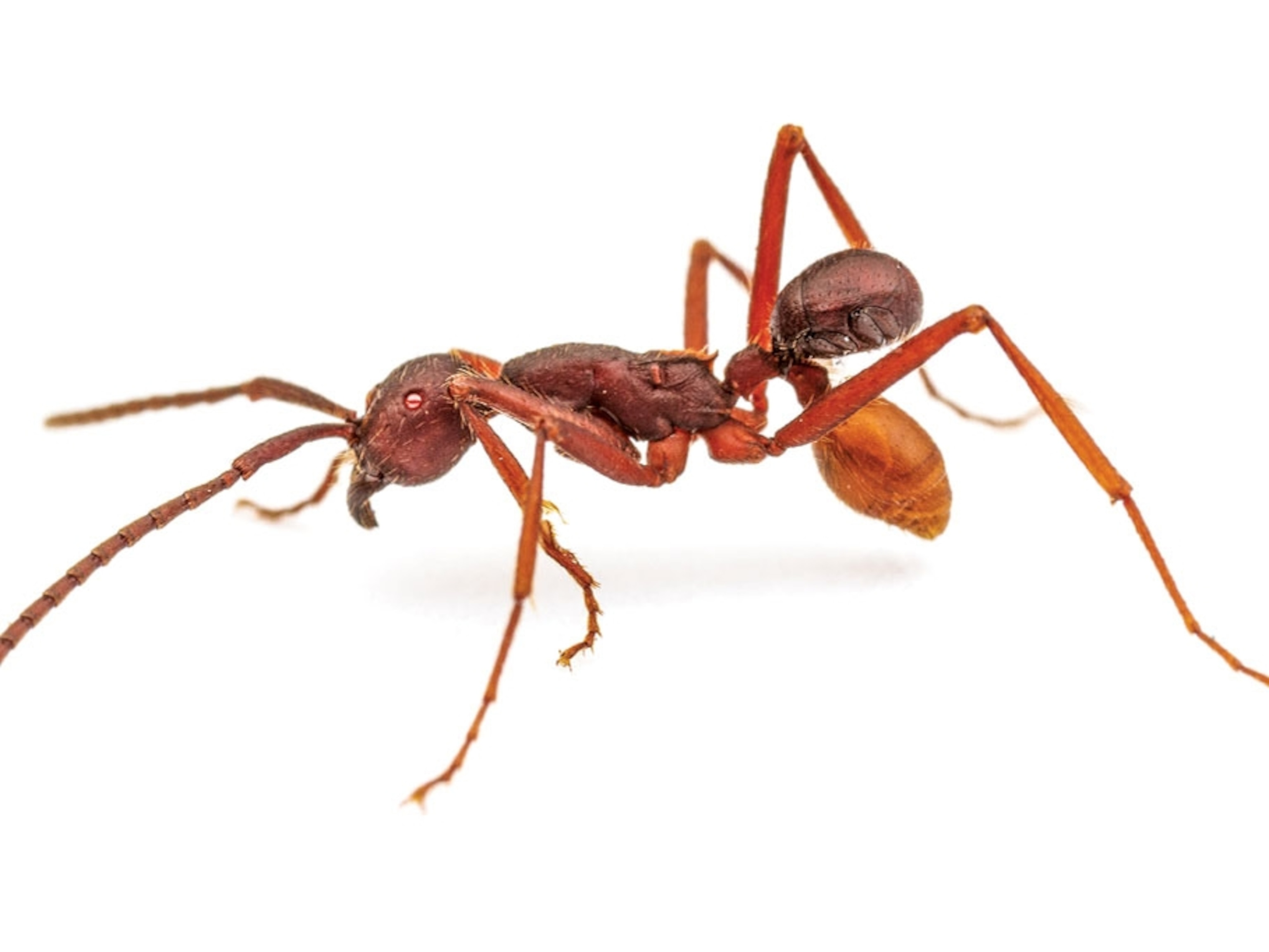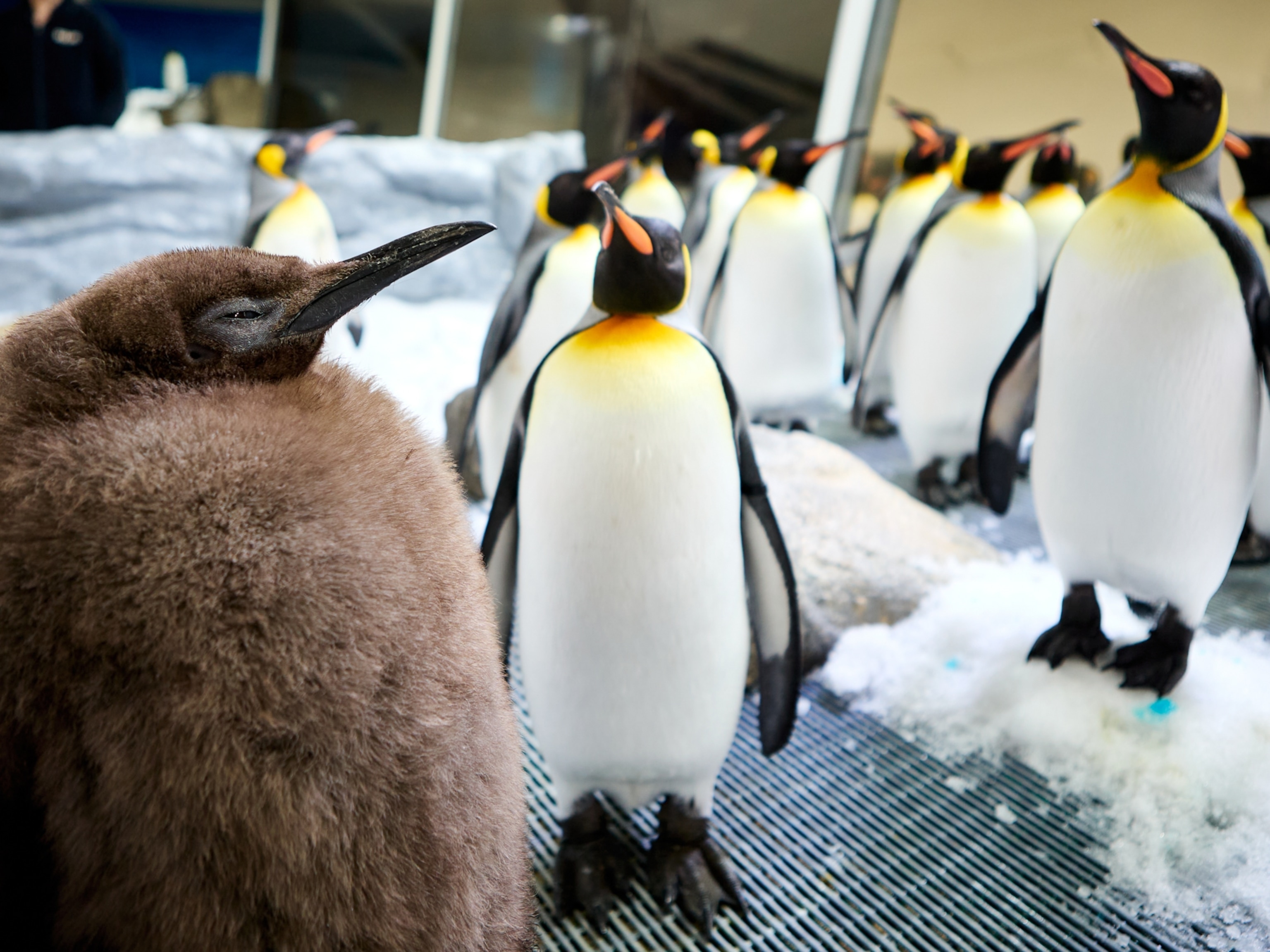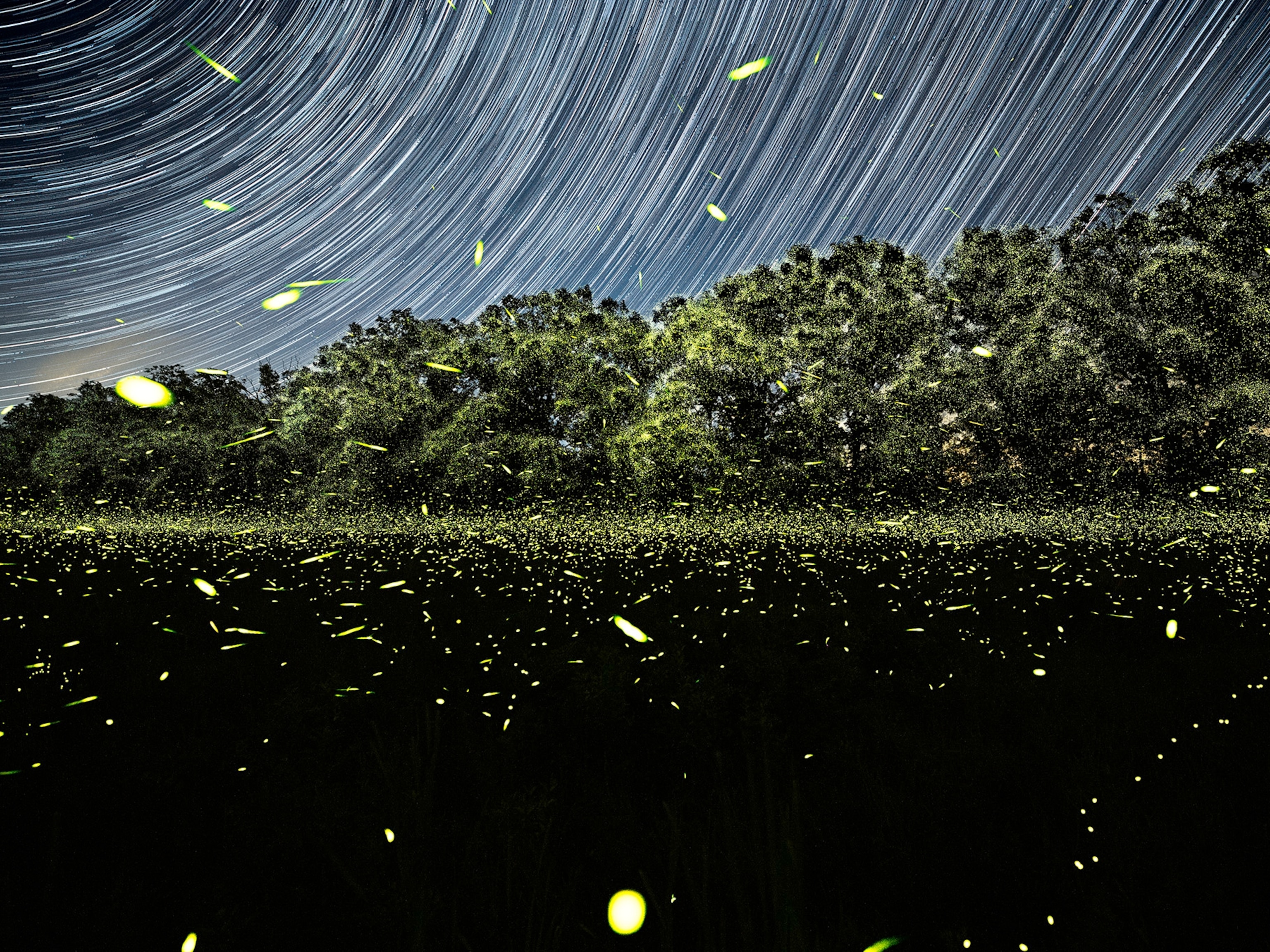
Seaweed that tastes like bacon, a yellow penguin, and more wonders
Some marvels are drawn from nature: bacon-flavor plants, a pig-tested bone graft. Others just show up: a yellow penguin and an armored bug.
A side of crisp seaweed
Aquaculturists in Oregon are developing a specialty food industry centered on a marine alga that’s been called “the most productive protein source on Earth,” “the superfood of the future,” and—intriguing to many people—“bacon of the sea.” Dulse (rhymes with “pulse”) is a seaweed found in the northern Atlantic and Pacific Oceans. Northern Europeans have eaten it for centuries; most Americans haven’t tried it or even heard of it. Oregon State University researchers patented a strain that can be grown in tanks on land using only seawater and sunlight—all while absorbing carbon dioxide in the course of photosynthesis. As a food product, dulse’s benefits are several. It grows rapidly. It’s rich in vitamins, minerals, antioxidants, and protein. And some say that when strips are smoked and fried, it does taste like bacon (with which it’s plated above). Chuck Toombs’s company farms dulse on the Oregon coast and sells it fresh to restaurants and dried in stores. “People are demanding more plant protein,” Toombs told Oregon Public Broadcasting. “And we’re going to be able to supply that.”
—Hicks Wogan
A king’s curious colors
Amid the black-tuxedoed throngs of king penguins on South Georgia island, this one’s yellow and beige plumage may look freakish. But animals with missing pigmentation, a condition called leucism, aren’t vanishingly rare: It occurs in one out of every 20,000 gentoo penguins, for example. Though the coloration makes for a stunning photo, standing out could hinder the bird’s ability to find a mate and heighten its risk of being gobbled up by an orca or a leopard seal. —Jason Bittel

(Read more about this penguin and just how rare its condition is.)
Lab-grown jaw relief?
There’s promising news for millions with temporomandibular joint (TMJ) ailments that lead to jaw pain. In a study with pigs, which have jaw structures similar to human jaws, scientists produced and implanted cartilage-bone grafts grown with stem cells. Six months later, the joints showed regeneration and had borne the pressures of chewing. Planned next: a clinical trial with a few human patients. —HW

Not crushed like a bug
The diabolical ironclad beetle seems aptly named: The exoskeleton of the nearly inch-long insect is so strong that it can withstand a force of almost 40,000 times its weight. The U.S. Air Force is funding research on the beetle’s armor to gain insights for developing new materials. —HW

This story appears in the June 2021 issue of National Geographic magazine.




